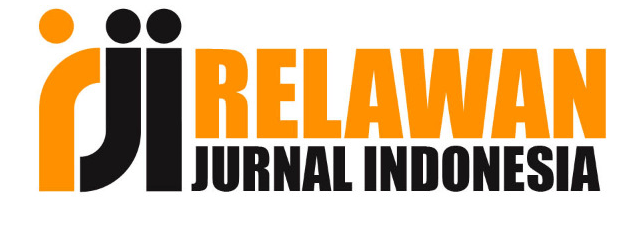Analisis Sanitasi Lingkungan, Tindakan Pencegahan dan Kejadian DBD (Demam Berdarah Dengue) di Kecamatan Tapos, Kota Depok
Abstract
The number of patients and the extent of the spread of dengue fever (DHF) has increased along with the increase in mobility and population density, especially in the tropics and subtropics. In 2017, In West Java Province, the number of cases of Dengue Hemorrhagic Fever (DHF) was 3,538 cases with an incidence rate of 7.37 with 100,000 population, including cases of death due to Dengue Fever (DHF) as many as 21 cases with CFR 0.59 %. Data on Dengue Hemorrhagic Fever (DHF) cases in Depok increased in 2016 from the previous year, where 2.827 cases of Dengue Fever (DHF) were found, 7 people died. The objective of this research was to analyze the relationship between environmental sanitation and preventive behaviour with the incidence of DHF (dengue hemorrhagic fever) in Tapos District, Depok City. The study design was cross sectional with a simple random sampling method. The research sample consisted of 210 families in Tapos District, Depok City. The results showed that most of respondents who did not experience the Incident of DHF had good environmental sanitation, as many as 104 respondents (67.10%) with p value of 0.58 (p value> 0.05) meaning that there was no relationship between environmental sanitation and Dengue Hemorrhagic Fever (DHF). In the variable preventive behaviour, most respondents who did not experience a Incident of DHF also had good preventive measures, 80 respondents (70.18%) with p value of 0.18 (p value> 0.05) meaning that there was no significant relationship between preventive behaviour with Dengue Hemorrhagic Fever.
Keywords
References
Hikmah, N. 2016. Stres Sebagai Faktor Dominan Terhadap Perbedaan Siklus Menstruasi Pada Siswi Kelas 10 Dan 11 Sma Negeri 44 Jakarta. Skripsi. Universitas Indonesia.
Kemenkes RI. 2010. Riset Kesehatan Dasar; Riskesdas. Jakarta: Balitbang Kemenkes RI.
Madaras, L. 2011. Ada Apa Dengan Tubuhku?. Jakarta : PT Indeks
Prathita, Yana Aurora. 2017. Hubungan Status Gizi dengan Siklus Menstruasi pada Mahasiswi Fakultas Kedokteran Universitas Andalas. Jurnal.fk.unand.ac.id/index. php/jka/article/view/653. (Diakses tanggal 16 Mei 2019).
Pratiwi, A 2011. Hubungan Status Gizi Dengan Keteraturan Siklus Menstruasi Siswi SMA Negeri 1 Mojolaban. Skripsi, Universitas Sebelas Maret.
Pribakti B, 2010. Buku Panduan Praktis Kesehatan Reproduksi Wanita. Jakarta: Sagung Seto.
Suciati, Esti. 2015. Hubungan Antara Aktivitas Fisik Dengan Siklus Menstruasi Pada Siswi SMA Di KotaYogyakarta. Ilmu Keperawatan, UGM. Yogyakarta.
Tombokan, et al 2017. Hubungan antara stres dan pola siklus menstruasi pada mahasiswa kepaniteraan klinik madya (co-assistant) di RSUP Prof. Dr. R. D. Kandou Manado. Jurnal Bio-medik. Perhimpunanan Ahli Anatomi Indonesia. Manado
DOI: https://doi.org/10.52118/edumasda.v3i2.41
Refbacks
- There are currently no refbacks.
Copyright (c) Edu Masda Journal
Sekolah Tinggi Ilmu Kesehatan Kharisma Persada
Pajajaran Street Number 1 Pamulang,
South Tangerang City, Banten Province, Indonesia, 15417
Telephone: 021-74716128 / Handphone : 081384462729

Edu Masda Journal by Sekolah Tinggi Ilmu Kesehatan Kharisma Persada is licensed under a Creative Commons Attribution-ShareAlike 4.0 International License.
Based on a work at http://openjournal.masda.ac.id/index.php/edumasda/index.




